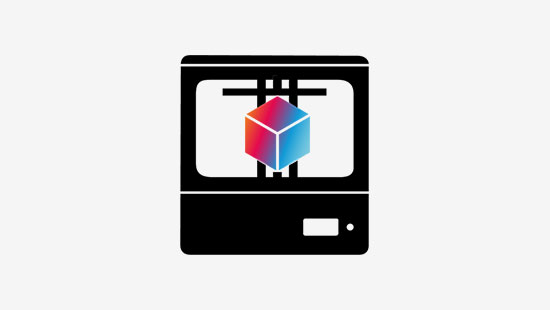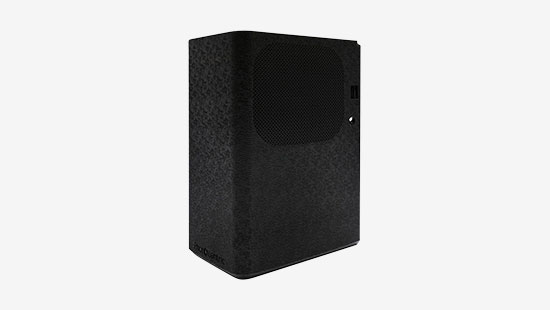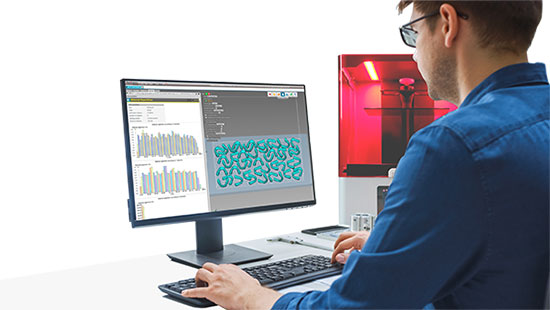
3D Printing vs Injection Moulding
For over a century, polymers have been used in the manufacturing process to produce parts via injection moulding and 3D printing. From the initial injection moulding machines through to modern day 3D printing, the concepts have continued to progress throughout the decades to enable industries all over the world to drive production.
Since 1872, injection moulding has been used to mass manufacture a wide range of products, using a version of polymers that were specifically invented for use in the initial injection moulding machines, some of which are still in use today.
Fast forward to 1980 and Hideo Kodama filed the first 3D printing patent. His patent described a rapid prototyping system that used UV light to harden photopolymers. However, Hideo’s idea was largely overlooked, and it took until Chuck Hull patented his version 4 years later, for the real birth of 3D printing as we know it.
3D printing has initially struggled to replace injection moulding as the method of choice for manufacturers well versed with the traditional methods, until now that is!
To understand how 3D printing can enable mass manufacturing rather than injection moulding, it is important to understand them both and how they compare against each other.
What is injection moulding (IM)?
Not long after the Industrial Revolution, American inventors John Hyatt and his brother Isaiah, enhanced the efficiency of mass production by conceptualising injection moulding. The machine used a plunger to inject melted plastic into a mould and enabled the first major manufacturing process in plastics engineering technology.
Products such as buttons and hair combs were some of the first to benefit from the birth of IM. As the technology continued to evolve, more and more industries began to benefit from it, and is still used for mass-manufacturing today.
What is 3D printing and how is it used in additive manufacturing?
In simple terms, 3D printing is the process of creating a three-dimensional solid object from a digital file.
When Photocentric began their journey in 2002, 3D printing was not at all ideal for mass manufacturing, it was expensive and proprietary, and it would take another decade before 3D printing would start to enter mainstream additive manufacturing.
Early patents started expiring and 3D printing innovation began to revolutionise manufacturing processes. In 2015, we filed our first 3D printing patent on using LCD screens for 3D printing. The next year we launched our Liquid Crystal 10 3D printer, the world’s first daylight hardening 3D printer, and a new horizon dawned on the industry.
Using an LCD screen as a light source, an entire layer is flashed and formed at once, LCD printing is a quicker alternative to other methods, enabling manufacturers to create, cast and customise new products at a rate previously unimaginable.
Examples of 3D printed products
Photocentric’s printers have enabled manufacturers from a variety of industries to deliver a wide range of 3D printed products to market, including aligners, medical devices, eyewear, automotive parts, PPE, stationery, jewellery, figurines and many more.
As we have a team of in-house chemists, engineers, and research developers we are able to produce machines and materials to suit the requirements of numerous industrial challenges.
From prototyping to performance, Photocentric have polymers to produce perfect results.
3D printing materials
Photocentric have developed a range of materials to suit different requirements, from flexible to castable, we have engineered materials to match the requirements of the market.
Our range covers industries such as dental, aerospace, automotive, medical, fashion and more. Each material has a unique quality, making it ideal for the individual industry.
Textures and finishes
Early 3D prints were lacking in the quality finish that was required to compete with injection moulding. However, working with software specialists such as CoreTechnologie, we have changed the face of additive and now offer a customisable finish fit for any industry.
Enabling manufacturers to upload their own logos, textures and customer-ready finishes. The solution also offers access to more than 5,000 different texture surface structures – truly revolutionising part design and production!
Why choose 3D Printing over injection moulding?
Flexibility – 3D printing offers an increased design flexibility over injection moulding, as any design is possible and can be amended continuously to ensure the best result.
Complexity – You can 3D print unique structures at ease, whereas injection moulding does not offer the same complexity of design.
Customisation – With 3D printing it is simple to change designs or customise to suit the needs of the project, without the retooling costs involved with injection moulding.
Speed – 3D printing has a rapid turnaround time, from concept to creation is instant, a design file can be printed in hours, whereas injection moulding requires the initial investment and time to get to a printing stage.
Set up – 3D printing simply requires a printer and material to get going, injection moulding requires a lot more time, effort, energy and expense to get going.
Material Costs – 3D printing can reduce material costs with the introduction of strong and stable lattice structures, to get the same results as solid injection moulded ones.
Considerations of 3D printing and injection moulding!
Post-production – A 3D printed part will need time to cure afterwards to ensure its strength and uniformity. However, with injection moulding, you may need to spend similar smoothing out surface flaws.
Infrastructure – As Injection moulding has been available for over a century, there are more options currently for the manufacturer. However, the options are growing for 3D.
Mass production – Once an injection moulding process is set up, you can produce tens/hundreds of thousands of the same part and the more you print, the more valuable injection moulding becomes.
However, 3D printing offers design freedom and allows you to make changes and offer a tailored solution to each customer.
Speed of printing used to be another factor that would go in the favour of injection moulding. However, now with Photocentric’s patented LCD printing technology and the LC Magna print capacity, the 3D printing process has vastly sped up and large batch production is a reality.
Cost comparisons between 3D printing and Injection Moulding!
There are many variables to consider when it comes to cost comparison between 3D printing and injection moulding. In brief, 3D printing with Photocentric will be a cost-effective manufacturing alternative to injection moulding for any orders up to 500,000 parts.
The more parts made, the more injection moulding may be beneficial to 3D if there is no customisation or design optimisation required. As standard parts may be made cheaper per part with injection moulding. Once the initial set up costs are taken into the equation, materials are often cheaper than with 3D printing.
Although a major cost saving with 3D is within the set up. 3D printing has relatively low set up costs associated, as once you own the machinery there is little additional costs. However, injection moulding requires the design and manufacture of each mould.
However, the real saving value is time, and the cost saving here really depends on the value of time to your business. 3D printing enables business to go to market quicker and this is a value we cannot calculate for you. With 3D printing it is usually the case that you can produce a working prototype in a few days rather than with injection moulding where you are looking at a few months.
3D printing instead of injection moulding conclusion
In conclusion, although injection moulding has been around for a lot longer and was the only means of manufacturing 3D plastic parts for over a century, 3D printing has established itself as a genuine alternative.
3D printing now offers increased opportunity in mass manufacturing of plastic products than ever before. Offering more flexibility of design than you do with IM and produces less waste too.
It is important to consider the setup costs, time to get to market and material cost when choosing between injection moulding and 3D printing. Contact Photocentric today if you are keen to understand the real benefits of choosing 3D printing over injection moulding, and you could be transforming your business before long.


